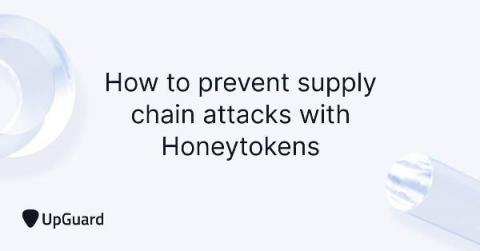Compliance - The Invisible Hand of Cybersecurity
Have you ever worked with a company that operates as “close to broken” as reasonably possible? Companies that follow that mindset usually do not have the most robust security practice, and they certainly will walk very close to the edge of compliance. Even if you don’t work in such a dysfunctional enterprise as described above, many companies still do not appreciate the interconnection of security and compliance.










